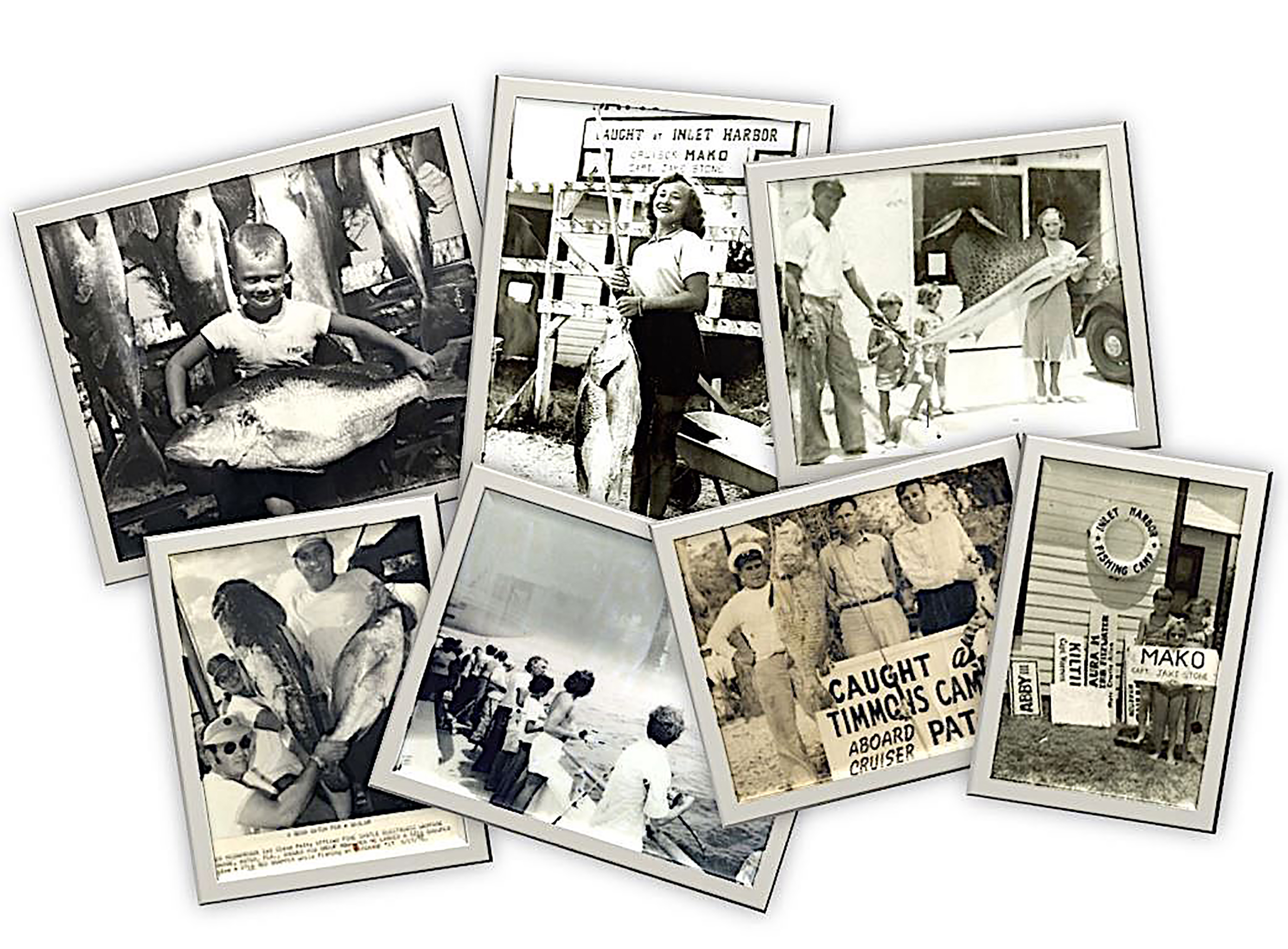In February, in conjunction with the American Fisheries Society’s Southern Division Annual Meeting in Little Rock, the third International Catfish Symposium focused on communicating catfish science. The symposium included research on “hand-crank electrofishing” and its impact on nonnative catfish.
Hand-crank electrofishing (HCE) — or “telephoning” — is a recreational fishing technique that has been legal in North Carolina since 1985. As the name suggests, HCE involves using a telephone generator to produce low-voltage alternating current by turning a hand crank, which stuns catfish.
Nonnative catfish are voracious eaters and can really cause harm to food webs. Like many invasive fish, resource managers have been trying to get anglers to keep them and eat them.
Research Need
Flathead catfish, blue catfish, and channel catfish have invaded North Carolina’s rivers, and catfish anglers have enjoyed fishing these species for their trophy sizes. However, the decline of populations of native fish species in our rivers, in fact, is partially due to the invasion of nonnative species of catfish.
North Carolina remains the only state to allow HCE as a method for dealing with the catfish invasion. Anglers are concerned, though, that HCE might remove too many trophy-sized catches and disrupt the biting patterns of catfish.
What did they study?
Researchers focused on three nonnative catfish species to understand better whether, when anglers used HCE, they displayed differences from other fish populations.
Scientists studied established catfish populations in the Cape Fear, Black, Lumber, and Waccamaw rivers of southeastern North Carolina, and they compared abundance, size, weight, age, growth, and mortality of nonnative catfish. The research team used a combination of low- and high-frequency electrofishing to collect catfish.
What did they find?
The researchers did find differences in several aspects of the populations of flathead catfish, blue catfish, and channel catfish in river reaches where HCE was allowed. These differences, however, were likely attributable to the variety and numbers of nonnative catfish, as well as other fishes in the river, in addition to environmental factors that include water depth and bottom structures.
With data from the project, researchers and policymakers can develop alternative techniques to limit the population growth of invasive catfish. In particular, the findings could shed light on if and how to modify and use HCE for ecological reasons.
What else did they find?
The team found that hand-crank electrofishing does not significantly affect catfish populations. However, overall angler harvests do make an impact. A better understanding of the catfish sizes and species that anglers target and harvest would inform the management of nonnative catfish.
by Chloe Tenn

